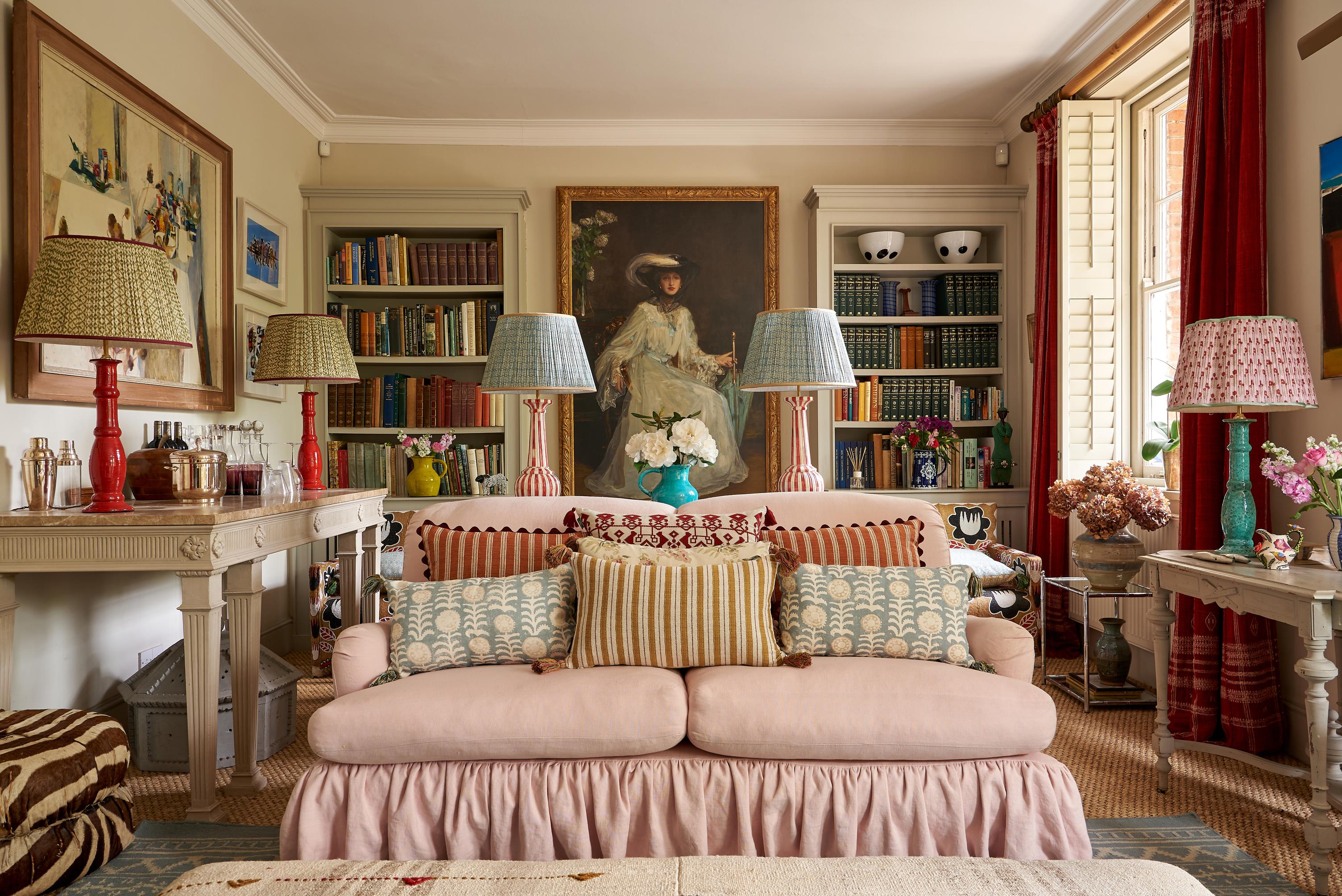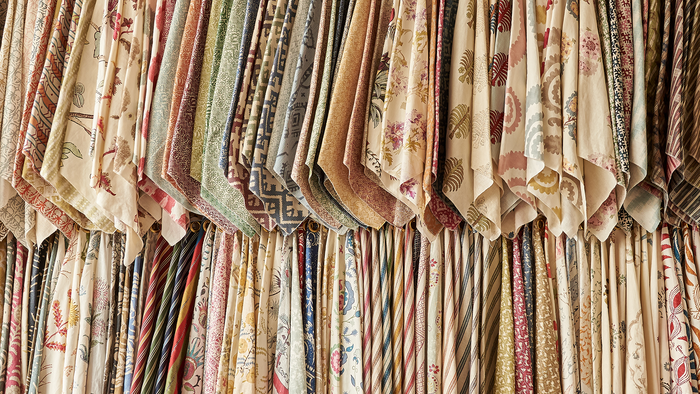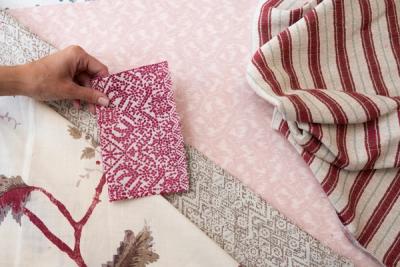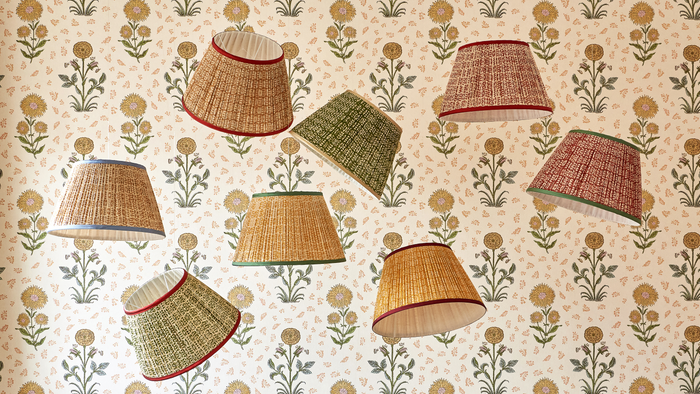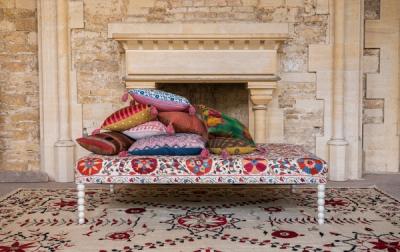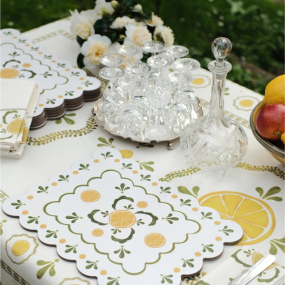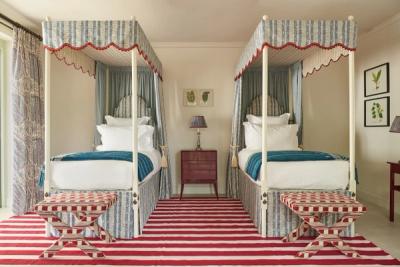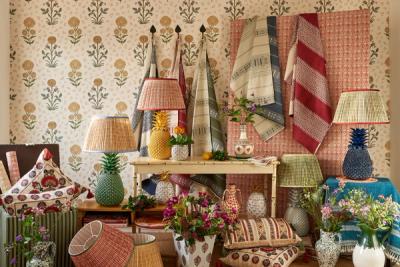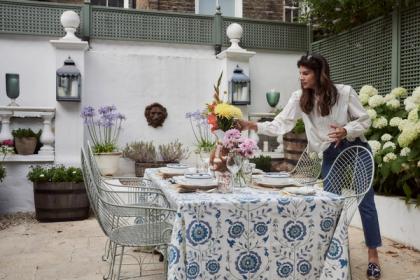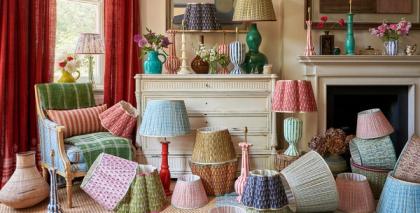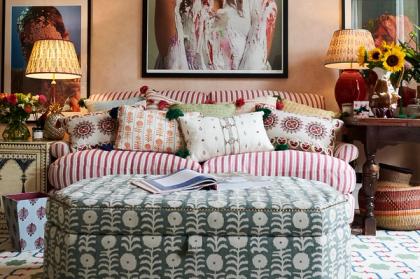Where to Start
12 Tips For Incorporating Pattern And Print In Your Home
Whether you are embarking on a new interior design project or just want to give your home a refresh, we’ve collated our top tips for designing with patterns and prints to create a vibrant yet harmonious feel in your home.
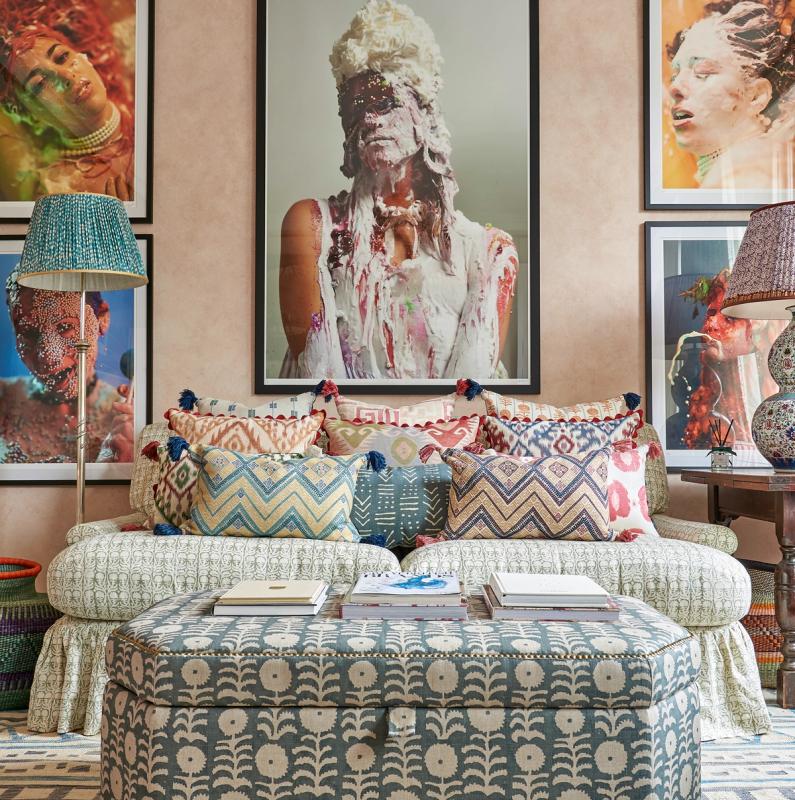
Using more than one pattern or print in a room can seem intimidating and quite daring, but at Penny Morrison, we love to be playful and get creative. Once you learn the interior design tricks to matching and combining patterns and prints, can you then confidently design outside the rule box.
Whether you are embarking on a new interior design project or just want to give your home a refresh, we’ve collated our top tips for designing with patterns and prints to create a vibrant yet harmonious feel in your home.
1. Pattern vs print
A pattern is any repeated design, such as a floral, geometric or stripe. It can be woven into a fabric, printed or embroidered on top. A print is applied to the surface of a fabric using various methods, such as screen printing and block printing.
2. Overall Scheme
Before decorating with patterns and prints, decide what look and feel you want your room to have. This will determine the overall scheme and you can use it to inspire the room’s theme for accessories. As a rule of thumb for mixing patterns, you need to consider a combination of scale, colour and shade. To avoid making a space appear unbalanced, a good tip is to distribute patterns evenly throughout the room and not restrain them to just one area.
3. Creating Balance
We recommend using at least three patterns in a room, varying the scales of the patterns to create a cohesive overall look. Combining patterns can energise a room but too many can create a chaotic and unbalanced feel so taking into consideration the scale of each pattern is an important rule to follow.
4. Scale
The best way to achieve a delightful yet unexpected combination is to stick to two or three distinct and very different designs within a similar colour palette. Focus on one large-scale pattern so that the main focus of the room is clear. You can then introduce smaller patterns into the room through upholstery and soft furnishings, such as cushions or curtains.
5. Material Behaviour
Before you commit to any patterns and prints, observe how they behave on different materials and surfaces, as patterns on wallpaper are viewed flat, whilst fabric patterns have more movement. Lay any fabric samples around the room and on top of the area you want to cover to give you an idea of how the patterns and scales will look when you walk around. Sometimes a large-scale print can look strange on a small cushion, while a smaller-scale pattern can be drowned out on a large rug or as a wallpaper.
6. Colour
When starting any interior scheme, one of the most important things to consider is the colour palette and how your patterns are going to blend well together. Your pattern-colour combination will inspire the vibe of the room, so think about what mood you would like to inspire.
7. Warm Vs. Cool
Welcome bursts of light and warmth to an interior with floral patterns and summery shades, while darker repeated leaf motifs create a more intimate and dramatic feel. Geometric and striped patterns are well complemented by cooler shades for an elegant look, whereas brighter colours will exude a more energetic playfulness.
8. Mix & Match
At Penny Morrison, we love to put our favourite colour centre stage and we vary the intensity of the shades across key pieces, such as cushions, curtains or lamp shades. By placing your favourite colour at the heart of your scheme, you can mix and match patterns that will complement your chosen tone and create a design that is well put together and most importantly, one that you love.
9. Grounding With A Rug
People always ask what you should start with when decorating a room and we always say a rug. When the most prominent pattern in the room covers the floor, it anchors the space. Since rugs are the hardest piece to find matches for, if you start to play with rug ideas and work from there, then you’ve got your match before you even begin. Nothing pulls a room together quite like a rug does.
10. Accessorise
We also recommend balancing out colours and patterns with each other. For example, a colourful linen sofa works perfectly with patterned cushions, or a quite plain room can be lifted with a patterned ottoman. Upholster with one pattern on the sides and another on top for an amazing focal point. Pops of pattern and colour make a huge difference—this can be patterned lamps or lampshades, cushions and throws over the back of a chair or sofa.
11. Texture
Texture is another part of the puzzle when playing with patterns. It’s the key to layering and essential for adding depth to a scheme. It’s always good to try to incorporate patterns of different textures on cushions or upholstered armchairs, such as weaves, heavy linens, velvets, stripes and florals.
12. Be Bold, Have Fun!
We believe that pairing unexpected combinations opens you up to a world full of surprising designs, vibrant colours and bold styles. Many people are worried about creating unsightly clashes, but if you have the confidence to put together what you like most and what your eye feels comfortable with then it’ll work for everybody else, too. Don’t be afraid to be bold, have fun and go by your own rules, and you will design a space you truly feel at home in.
More from Where to Start
